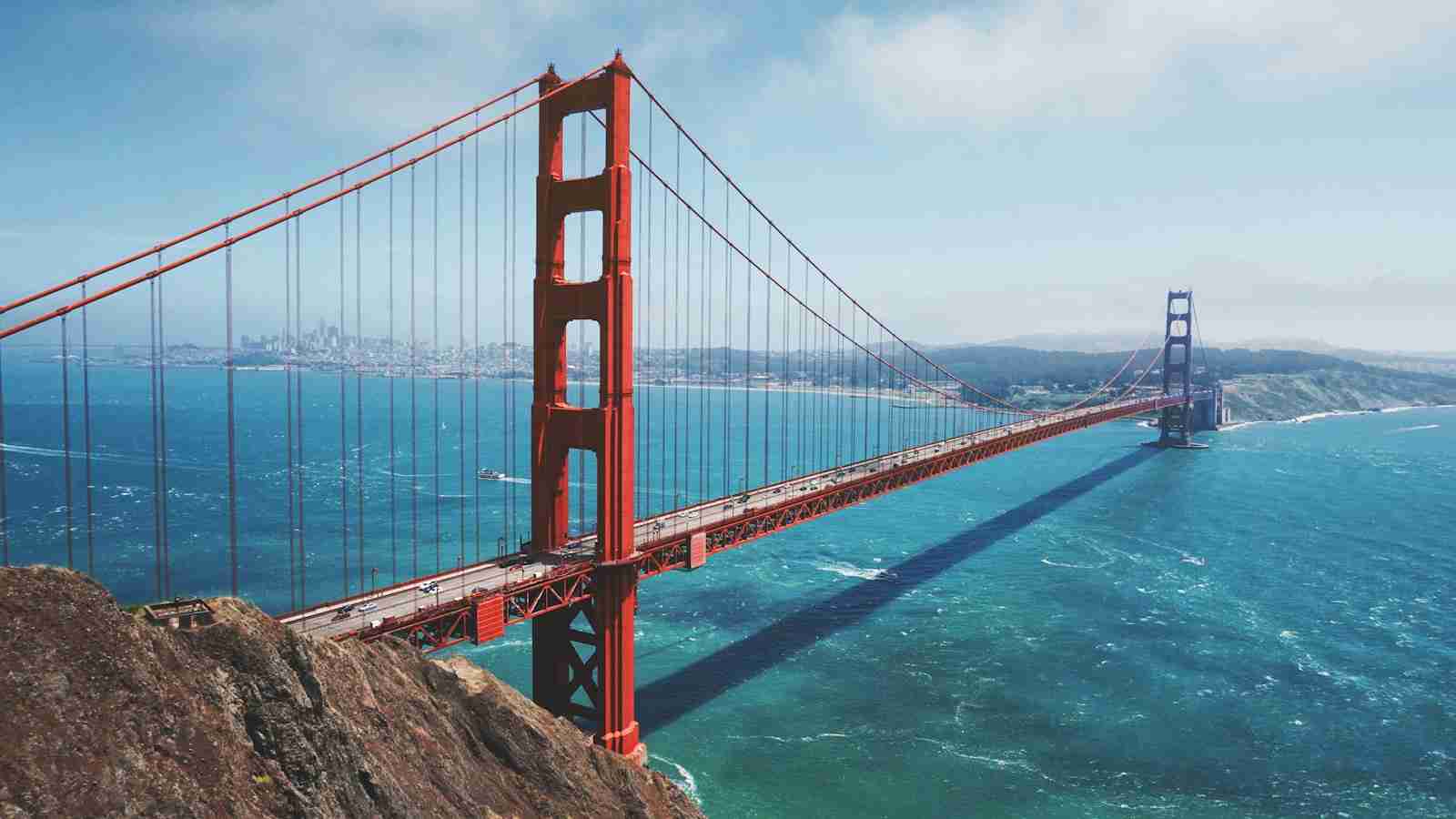25 Fun Facts About California | The Golden State
Table of Contents
1. California is home to the oldest living tree.
The Methuselah tree, hidden within the White Mountains, is a testament to the enduring beauty of nature. This ancient bristlecone pine is over 4,800 years old, making it the oldest known non-clonal living organism on our planet.
Despite its location being a closely guarded secret, this venerable tree symbolizes the timeless allure of California’s natural wonders. Its survival through millennia offers a unique window into the past and a reminder of nature’s resilience.
2. The Golden Gate Bridge was once the longest suspension bridge.
When it was completed in 1937, the Golden Gate Bridge set a record as the longest suspension bridge in the world. This iconic structure spans the San Francisco Bay and has become an enduring symbol of the city.
Its striking International Orange color was chosen for visibility in San Francisco’s notorious fog, ensuring that the bridge could be seen by ships and from the shore. The bridge’s construction was an engineering marvel of its time, reflecting California’s innovative spirit.
3. California produces over 90% of the US’s wine.
California’s wine regions, such as Napa Valley and Sonoma County, are renowned worldwide. The state’s ideal climate and soil conditions make it a premier wine-producing area, contributing significantly to the global wine industry.
This kind of fun facts about California highlights the role in agriculture and its impact on the economy. Wine tours and tastings attract millions of visitors each year, showcasing the state’s cultural and economic vitality.
4. California’s Death Valley is the hottest place on Earth.


Death Valley holds the record for the highest air temperature ever recorded on the planet: 134°F (56.7°C) in July 1913. This desert valley exemplifies the extreme climates found within California’s borders.
The intense heat and dramatic landscapes of Death Valley attract adventurers and scientists alike, making it a fascinating destination for those interested in the natural world and climate studies. It challenges the limits of what life can endure, offering valuable lessons on adaptation and survival.
5. The first motion picture theater opened in Los Angeles in 1902.
Long before Hollywood became the film capital of the world, Los Angeles played host to the first motion picture theater. The Electric Theatre, opening its doors in April 1902, marked the beginning of the movie industry’s commercial journey.
This early theater set the stage for the development of the film industry in California, eventually leading to the establishment of Hollywood as the center of global entertainment. It reflects the state’s long-standing influence on movie-making and popular culture.
6. What is on the menu at California Pizza Kitchen?
California Pizza Kitchen offers a wide variety of creative pizzas, pastas, salads, appetizers, and desserts.
7. California is the birthplace of the internet.
In the late 1960s, the first message sent over the ARPANET, the precursor to the internet, originated from UCLA. This momentous event laid the groundwork for the development of the global internet network we rely on today.
The state’s universities and tech companies have continued to lead in technological innovation, making California a hub for the tech industry. Its role in the creation of the internet is a testament to its contribution to global communication and information sharing.
8. The grizzly bear on California’s flag is now extinct in the state.
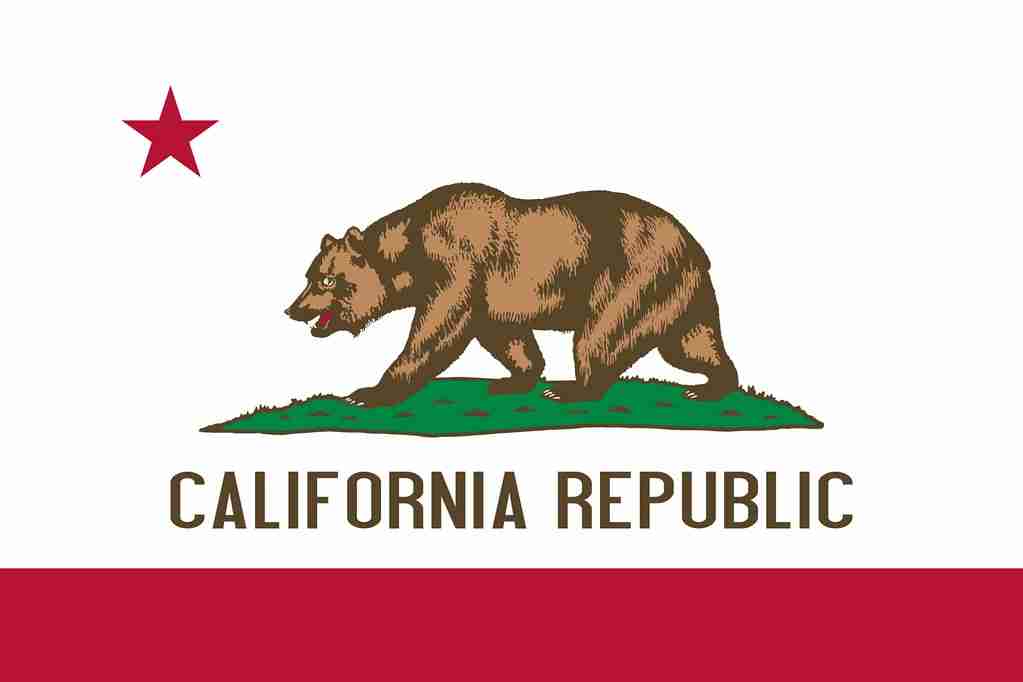


The grizzly bear, prominently featured on California’s state flag, symbolizes strength and independence. However, the last sighting of a wild grizzly bear in California was in the early 1920s.
This fact serves as a poignant reminder of the impact of human development on wildlife and the environment. Efforts to preserve California’s natural heritage and protect its diverse species continue to be a significant focus for conservationists.
9. The state has no official language.
Reflecting its diverse population, California has not designated an official language. This inclusivity is a nod to the state’s rich cultural heritage and the variety of languages spoken by its residents.
While English is the most widely used language for government and business, many official documents are available in multiple languages. This policy supports California’s commitment to diversity and accessibility for all its inhabitants.
10. California’s economy is one of the largest in the world.
If California were a country, its economy would rank among the top in the world, surpassing many nations’ GDP. This economic powerhouse is driven by technology, entertainment, agriculture, and tourism.
The state’s economic success is a reflection of its innovative companies, fertile farmlands, and creative talents. California’s ability to attract investment and talent from around the globe underscores its status as a leader in multiple industries.
11. It has the highest and lowest points in the contiguous United States.
Within less than 100 miles, California hosts both the highest point, Mount Whitney, and the lowest point, Death Valley. This geographic contrast is unmatched in the contiguous United States, offering unique opportunities for exploration and adventure.
The proximity of these two extremes highlights the state’s diverse natural beauty, from towering mountains to expansive deserts. It’s a vivid illustration of the varied experiences California offers to residents and visitors alike.
12. California has a role in popularizing the fortune cookie.



One of the California fact, contrary to popular belief, the fortune cookie was popularized in California, not China. These cookies were first introduced in San Francisco and Los Angeles, where they became a staple in Chinese-American restaurants.
This culinary curiosity reflects the state’s ability to blend cultures and create new traditions. The fortune cookie’s journey from a novelty to an international symbol of Chinese dining showcases California’s influence on global cuisine.
13. California’s Death Valley is the hottest and driest national park.
Death Valley National Park holds the record for the highest temperature ever recorded on Earth. This extreme environment showcases the diversity of California’s natural settings, from its lush coastlines to its arid deserts.
The park attracts scientists, adventurers, and tourists alike, all drawn to its unique landscape and challenging conditions. It’s a place of stark beauty and a reminder of the natural forces that shape our planet.
14. What time zone is California in?
California is in the Pacific Time Zone (PST).
15. California has more national parks than any other state.
With nine national parks, California offers unparalleled opportunities for outdoor adventure and natural exploration. From the towering sequoias of Sequoia National Park to the rugged coastline of Channel Islands National Park, the state boasts a remarkable variety of natural wonders.
This abundance of protected lands allows residents and visitors to experience some of the most breathtaking and diverse landscapes in the country. It underscores California’s commitment to preserving its natural beauty and providing spaces for recreation and reflection.
16. The General Sherman Tree is the largest tree by volume.
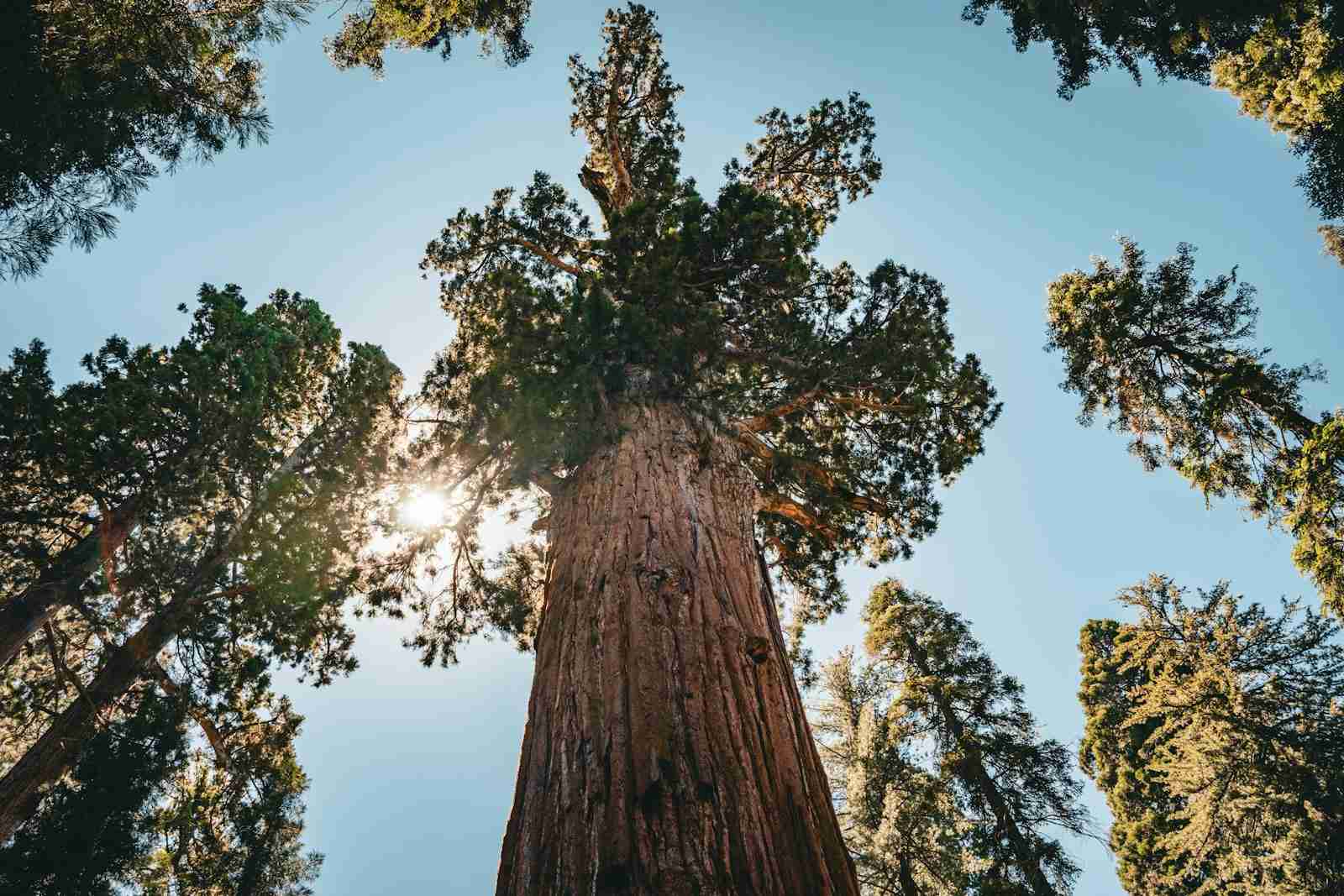


Located in Sequoia National Park, the General Sherman Tree is not only a marvel of nature but also the largest tree by volume in the world. This giant sequoia stands as a symbol of the natural beauty and grandeur of California’s forests.
Visitors from around the globe come to marvel at this towering tree, which is estimated to be over 2,200 years old. It serves as a reminder of the ancient, living wonders that still exist in our modern world.
17. California produces more than half of the fruits and vegetables in the U.S.
Thanks to its fertile soil and favorable climate, California is the leading agricultural state in the country. It is responsible for producing a significant portion of the nation’s fruits, vegetables, and nuts.
This agricultural abundance contributes not only to the U.S. food supply but also to the global market, exporting produce all over the world. California’s farms and orchards are vital to the state’s economy and to the health and well-being of millions.
18. The Hollywood Walk of Fame has over 2,600 stars.
Spanning 15 blocks of Hollywood Boulevard and three blocks of Vine Street, the Hollywood Walk of Fame honors thousands of entertainers for their contributions to the film, television, music, and theater industries.
Each star on the sidewalk recognizes the achievements of famous performers, directors, musicians, and others in the entertainment sector. It’s a testament to California’s central role in the global entertainment industry.
19. The fortune cookie was popularized in California.
Although often associated with Chinese cuisine, the fortune cookie as we know it today was popularized in California. It is believed to have been introduced by Japanese immigrants in the early 20th century.
This fact about California highlights the state’s diverse cultural influences and its ability to innovate and shape popular culture. The fortune cookie has since become a staple in Chinese American restaurants across the country.
20. San Francisco was part of the biggest gold rush in history.
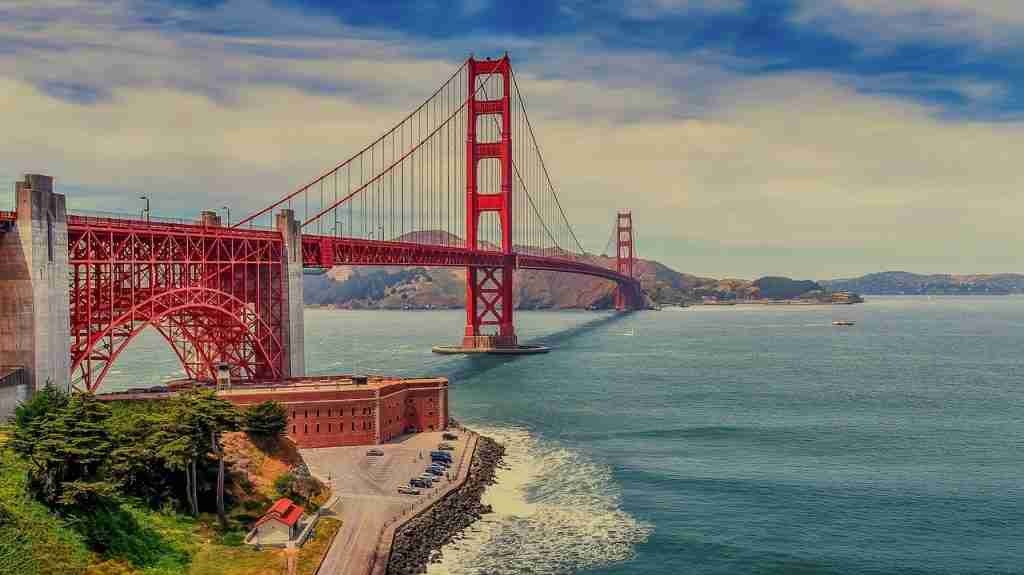


In 1849, the California Gold Rush began, transforming San Francisco from a small town to a bustling city almost overnight. This event drew thousands of people to California, all hoping to strike it rich by finding gold.
The rapid influx of prospectors and settlers led to the rapid development and expansion of California’s infrastructure and population. This period is a significant chapter in California’s history, highlighting the state’s ability to attract people from all over the world with the promise of opportunity and adventure.
21. The Hollywood Sign originally said “Hollywoodland.”
Built in 1923 as an advertisement for a local real estate development, the Hollywood Sign has become a global symbol of the entertainment industry. Initially, it included the word “land” at the end, which was removed in 1949 to reflect the broader district.
The sign’s transformation mirrors the growth of the movie industry in California, evolving from a local marketing tool to an international icon of dreams and creativity. It’s a reminder of Hollywood’s role in shaping global entertainment.
22. What is the capital of California?
The capital of California is Sacramento.
23. The state’s name is derived from a mythical island paradise.
The name “California” originates from a 16th-century Spanish novel that described a mythical island paradise ruled by Queen Calafia. The story was well known among Spanish explorers, who named the region after this fictional realm.
This origin story reflects the allure and promise that California has held for centuries. It’s a land of dreams and opportunities, drawing people with its promise of wealth, beauty, and innovation.
24. The original Disneyland is located in Anaheim, California.
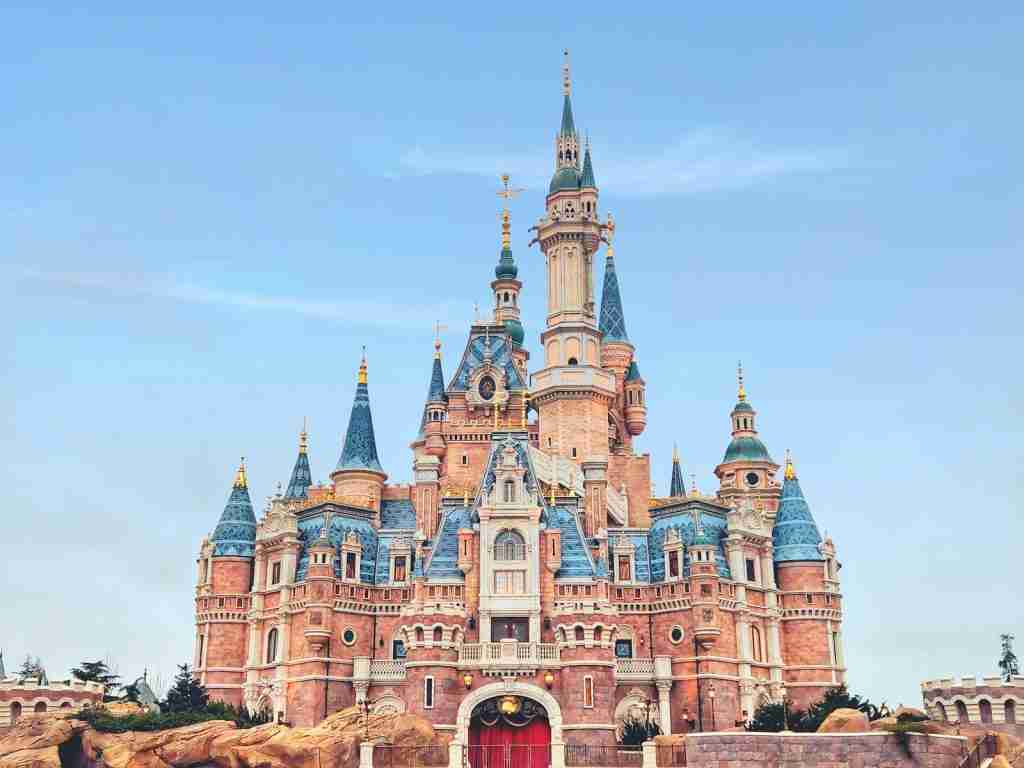


Opened in 1955, Disneyland in Anaheim was the first-ever Disney theme park. Walt Disney himself supervised its creation, aiming to build a family-friendly park where parents and children could enjoy rides and attractions together.
Today, Disneyland is known as “The Happiest Place on Earth” and continues to be a major tourist attraction, drawing millions of visitors each year. Its success paved the way for Disney parks worldwide, showcasing California’s impact on entertainment and leisure.
25. California role in the entertainment industry.
California, particularly Los Angeles and Hollywood, is considered the global epicenter of the entertainment industry. The state has shaped film, television, and music trends worldwide, influencing popular culture on a massive scale.
From the early days of Hollywood to the modern digital streaming era, California has been home to the stars and creatives who entertain and inspire. This California fun fact highlights, Its contribution to the arts and entertainment cannot be overstated, making it a key player on the global stage.
FAQs
The population of California is approximately 39 million.
Hollywood is famous as the center of the American film industry and a popular tourist destination with attractions like the Walk of Fame.
California is the leading agricultural state in the US. It produces, nearly half of all U.S.-grown fruits, nuts, and vegetables.
California has a diverse economy, but these industries are particularly prominent, Silicon Valley is the global hub for technology and innovation.
Yes, California is located along the San Andreas Fault and other fault lines, making it prone to earthquakes. The state has experienced significant earthquakes in its history.

